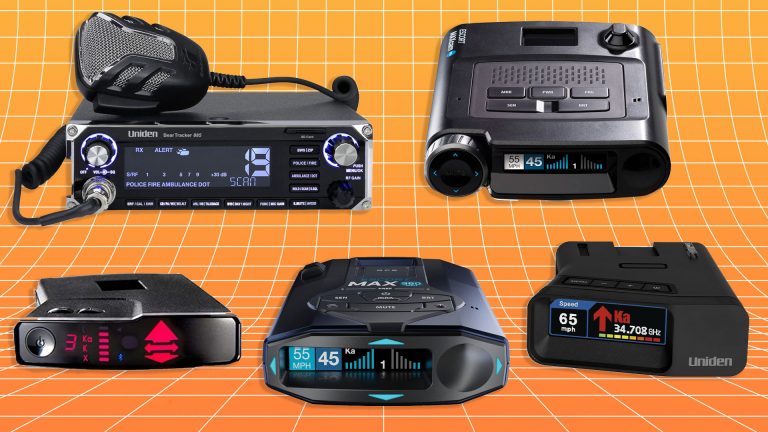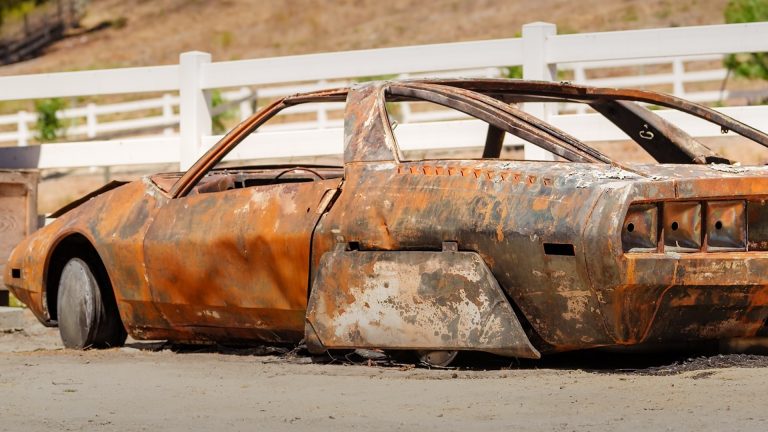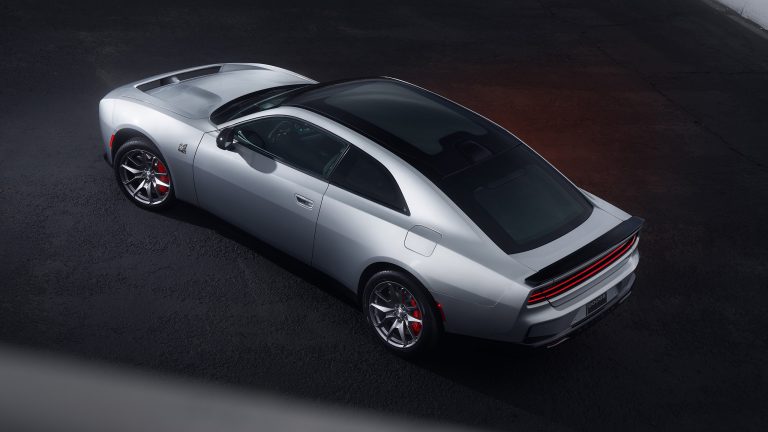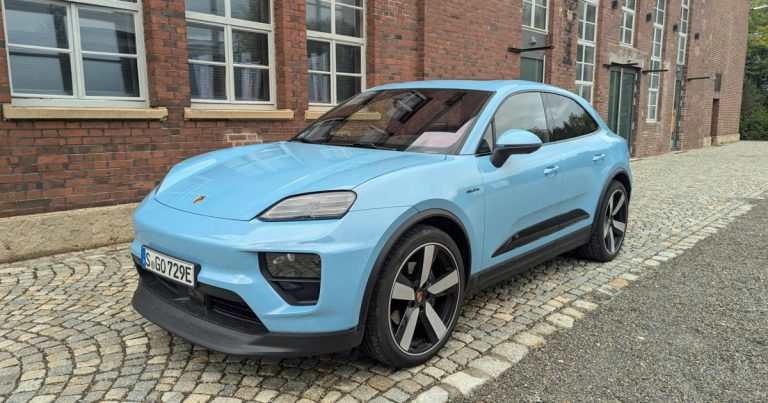4WD vs AWD? National Park Service Will Send You a Letter If You Don’t Know the Difference
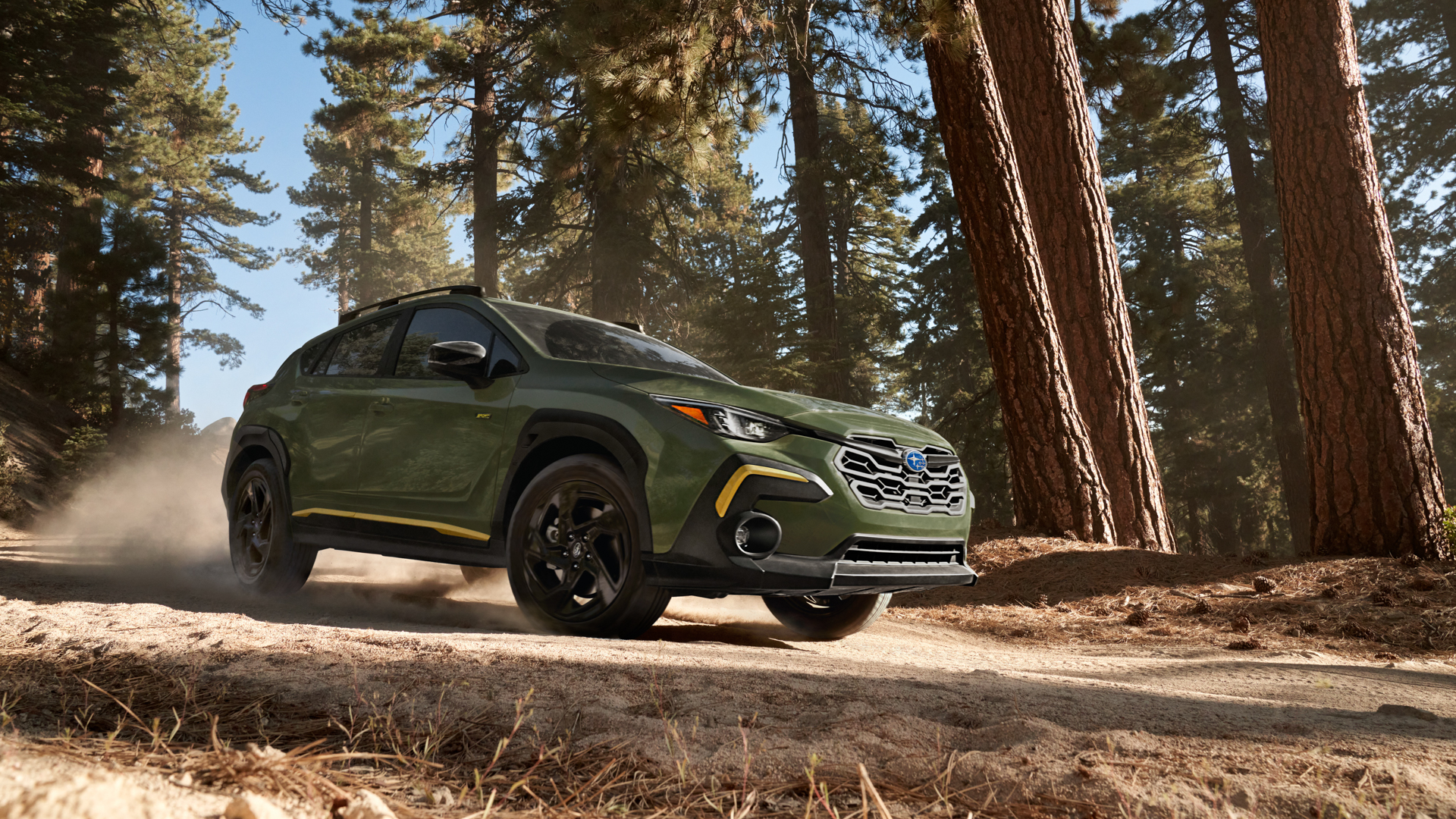
The automotive industry tends to use two different terms for vehicles that can send power to all four wheels: four-wheel drive (4WD) and all-wheel drive (AWD). There are mild variations of both, with different brands using their own cute names like Quattro, Command-Trac, and Symmetrical All-Wheel Drive, but all systems generally fall into one of those two camps. The trouble is, many drivers don’t understand the difference. The National Park Service (NPS) is apparently making sure visitors know they’re not the same, so that people don’t take dangerous trails in vehicles that aren’t equipped for the task.
One Redditor posted a letter they received from NPS, warning them roughly a month after their excursion that their Subaru Crosstrek isn’t allowed on the Colorado River Overlook Road in the Needles District of Canyonlands National Park. According to the letter, that road is restricted to four-wheel-drive vehicles only, and the Redditor’s Crosstrek is an “all-wheel-drive vehicle.” So what’s the difference?
There are many key distinctions between four-wheel drive and all-wheel drive, but very basically, all-wheel drive tends to divvy up total power differently between all wheels, allowing some to turn faster or slower than others if required for optimal cornering. Yet four-wheel-drive systems normally send equal power to all wheels—helpful when off-roading, but actually not ideal for on-road traction. This is why 4WD is also typically selectable by the driver and not recommended above certain speeds, while AWD is usually active at all times. There are edge cases, like trucks with “full-time” 4WD, but generally speaking, that’s how they differ.
Does that mean all-wheel drive is useless on the trail? Not necessarily. Many AWD systems can hold their own with light off-roading, including Subaru’s. Traditionally speaking, however, four-wheel drive is more capable when the going gets tough, with beefier differentials and low-range gearboxes built for treading unpaved ground. But arguably even more important than the drivetrain is the height and type of suspension, as the NPS noted:
“High clearance four-wheel drive is required on motor vehicles traveling on the following roads: Elephant Hill, Salt Creek, Horse Canyon, Lavender Canyon, Lockhart Canyon, and Colorado Overlook Road,” the letter reads.
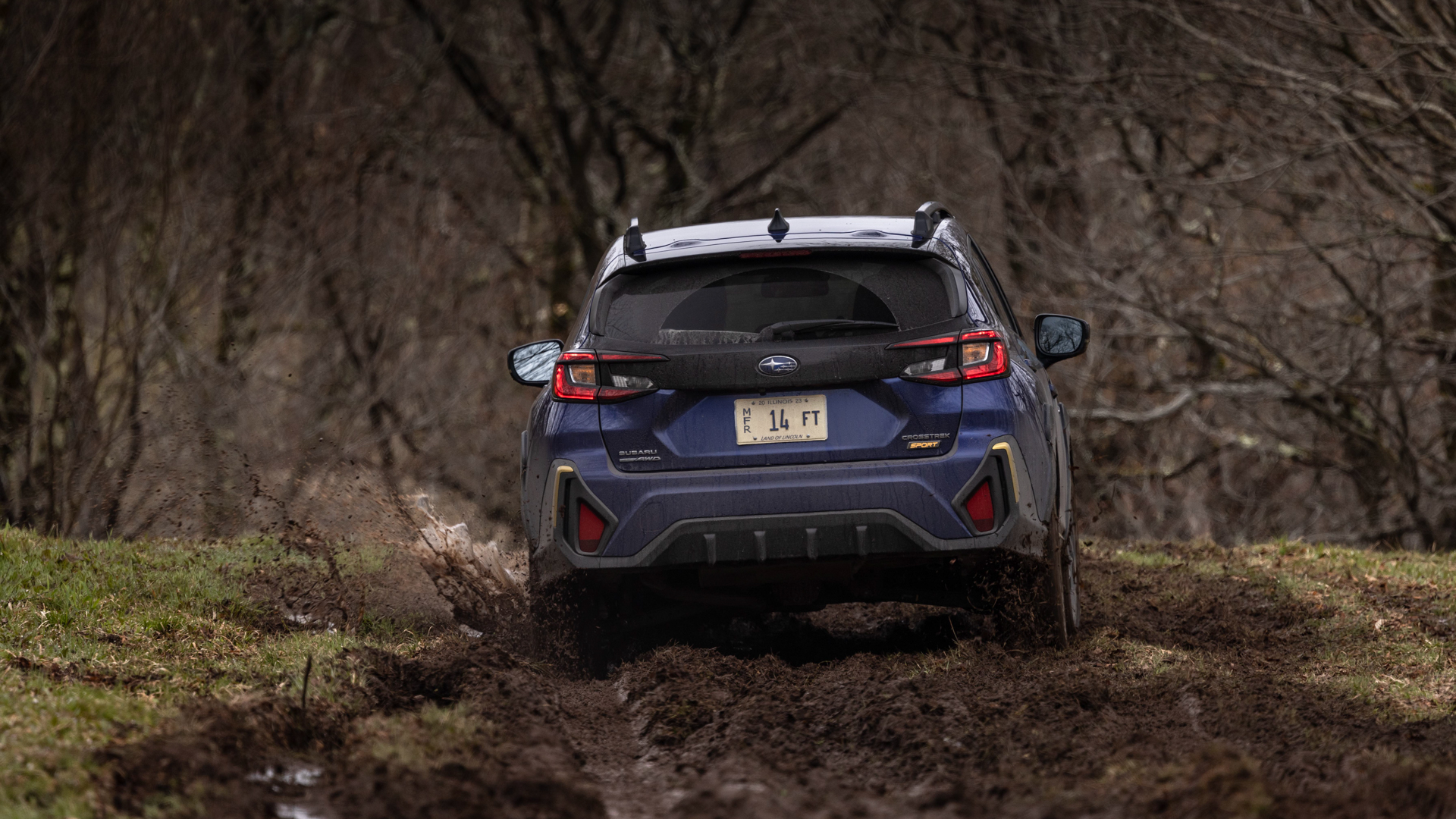
I’ve never off-roaded in any national parks, so I can’t say with any experience that a Subaru Crosstrek is unworthy of traversing these specific trails. However, the NPS seems to think so. What’s being lost in this 4WD-versus-AWD discussion is the fact that the NPS spotted someone’s license plate, took notice of their vehicle, looked up their address, and sent a letter to warn them. That’s dedication.
Got tips? Send ’em to [email protected]
Source: www.thedrive.com


